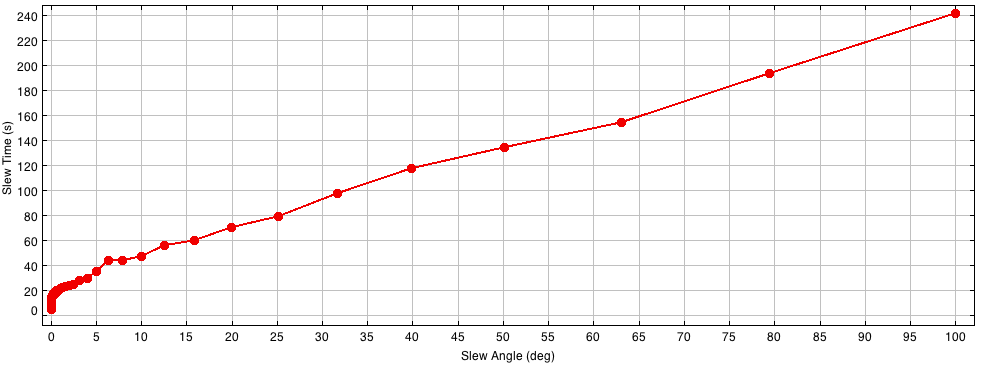A new version of the Exposure Time Calculator (v7) is available (March 2016).
- DECam_ETC-ARW-RCS7.xls: This version of the spreadsheet works only in Windows excel and allows interpolation of the sky brightness given an age of the Moon
- DECam_ETC-ARW7.xls: This version works in all systems (including OpenOffice) but requires to enter manually the sky brightness from a table
Follow instructions written at the beginning of the spreadsheet.
New in v7:
- An error in the calculation of the CCD read noise contribution to the total S/N was corrected (thanks to Nigel Metcalf (U. Durham) for pointing this out). We have also taken the opportunity to put a better (lower) value for the read noise. Read noise is only a factor in the total S/N for faint objects in images taken with bluer filters in dark skies with short exposures. For example: for 20s exposures, no Moon, Mag AB = 21
ETC Ver 6 (incorrect): S/N, u,g,r,i,x,Y = 17, 43, 32, 23, 12, 3.7
ETC Ver 7 (correct): S/N u,g,r,i,z,Y = 9, 38, 31,23,12,3.6
New in v6:
- Revision of the quantum efficiency of the CCDs. Major changes from previous version are in the g band which changed from 70% to 59% (see Estrada et al, 2010, SPIE 7735)
- Change of the center wavelength in the u band from 355 to 375 nm. This causes a minor effect only.
- The telescope primary reflectivity changed to be closer to real-world measurements, not fresh aluminum
Overheads:
One of the nicest features of observing with DECam is that overhead times are kept to a minimum. The telescope starts slewing to a new position while reading out the CCDs. Overhead estimates are as follow:
- The largest between readout time (20.6s) and slew time (a function of the slew angle, see plot)
- 5-8s for hexapod movement, filter change and others
No overhead is produced by the acquisition of guide stars since that is automatically done within the first 30s of each exposure.




